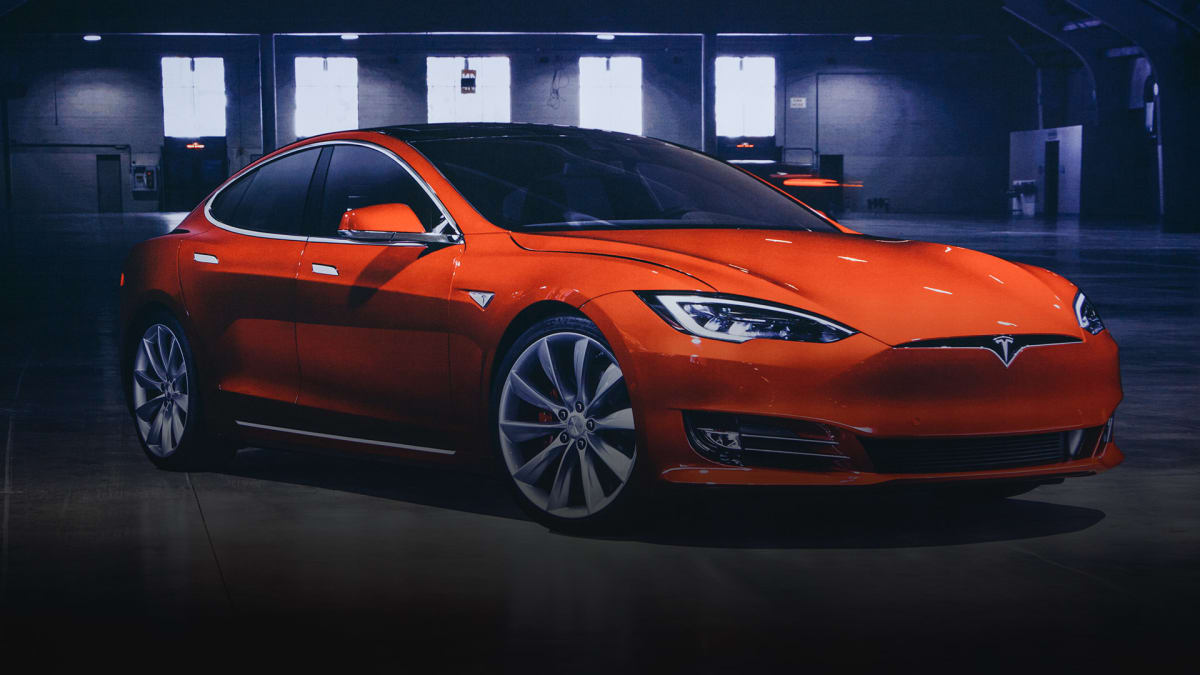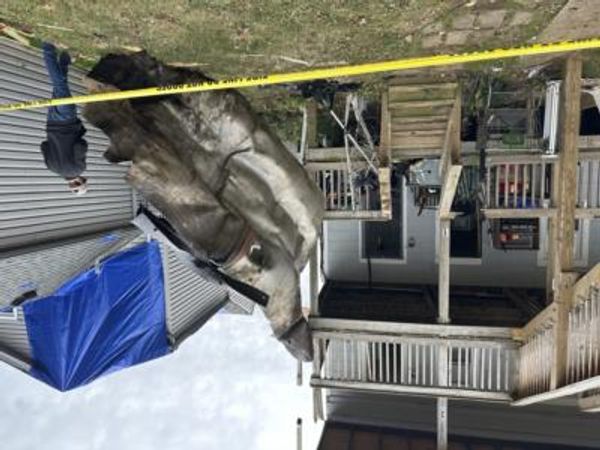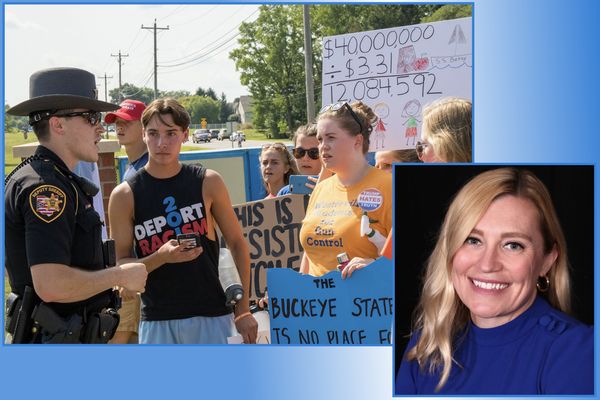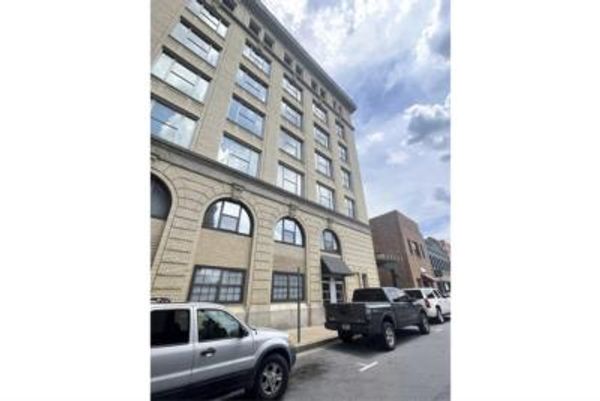
This time no one will wait 10 years.
Elon Musk is ready to reveal Tesla Master Plan 3.
The serial entrepreneur has just set the date to lift the veil on the next products on which he is working. And he doesn't understate how important he figures this project is for the future.
"Master Plan 3, the path to a fully sustainable energy future for Earth, will be presented on March 1," the billionaire said on Twitter on Feb. 7.
Musk, who has mastered the art of creating expectations and sparking interest around anything he works on, added: "The future is bright!"
Announcements concerning Tesla Master Plan Version 3 will be made as part of Tesla's Investor Day. The markets are particularly looking forward to the presentation, hoping to glean more information on, among other things, the Cybertruck, the first pickup/truck from Tesla.
This futuristic-designed vehicle is expected to become the Austin carmaker's profit engine for the coming years. The order book is very full and production should start late this year. Tesla is for now no longer taking Cybertruck orders in many parts of the world, including Europe and Asia, to ensure that it can fill the current backlog.
By adding Master Plan 3 to the agenda for Investor Day, Musk once again appears to be seeking to position Tesla at the center of tech and the automotive sector.
This Was Tesla Master Plan 1
In August 2006, the billionaire introduced, via a blog post, what he called "The Secret Tesla Motors Master Plan (just between you and me)." He framed it as a sort of secret guide to transform transportation and save the planet from dying from pollution.
Musk at the time was known in tech circles for co-founding payment-tech specialist PayPal (PYPL) in 1998. But the world then was particularly fascinated by another charismatic entrepreneur, Steve Jobs, who promised to revolutionize communications with the Apple iPhone.
"Background: My day job is running a space transportation company called SpaceX, but on the side I am the chairman of Tesla Motors," Musk wrote then. "As you know, the initial product of Tesla Motors is a high performance electric sports car called the Tesla Roadster."
He added: "However, some readers may not be aware of the fact that our long term plan is to build a wide range of models, including affordably priced family cars.
"This is because the overarching purpose of Tesla Motors (and the reason I am funding the company) is to help expedite the move from a mine-and-burn hydrocarbon economy towards a solar electric economy, which I believe to be the primary, but not exclusive, sustainable solution."
It was the first stage of the Master Plan: build a sports car; use that money to build an affordable car; use that money to build an even more affordable car; and at the same time as all of that, provide zero-emission electric-power-generation options.
Did Musk and Tesla accomplish that initial mission?
This Was Tesla Master Plan 2
Observers are undoubtedly divided about the answer to the question. One thing is certain, things have not gone smoothly.
Tesla has produced and marketed the Roadster, the high-end Model S sedan and the entry-level Model 3, which is an electric vehicle designed to be priced for the mass customer base of average drivers.
In July 2016, 10 years after Master Plan 1, Musk revealed the second volume.
"Part of the reason I wrote the first master plan was to defend against the inevitable attacks Tesla would face accusing us of just caring about making cars for rich people, implying that we felt there was a shortage of sports car companies or some other bizarre rationale," Musk wrote in July 2016.
"Unfortunately, the blog didn't stop countless attack articles on exactly these grounds, so it pretty much completely failed that objective."
However, the bombastic billionaire added, "The main reason was to explain how our actions fit into a larger picture, so that they would seem less random. The point of all this was, and remains, accelerating the advent of sustainable energy, so that we can imagine far into the future and life is still good. That's what "sustainable" means. It's not some silly, hippy thing -- it matters for everyone."
He then laid out the pillars of Master Plan 2: create stunning solar roofs with seamlessly integrated battery storage; expand the electric vehicle product line to address all major segments; develop a self-driving capability that is 10 times safer than manual via massive fleet learning; and enable your car to make money for you when you aren't using it.
Musk does not want to limit himself to developing passenger cars. He wants to deploy electric and autonomous transport in public transportation.
Regarding public-transportation vehicles, he wants them to be 100% autonomous. He imagines them smaller and able to adapt their speed within cities to improve urban traffic flow.
But his vision doesn't stop there.
What to Expect With Master Plan 3?
The executive also wants to rethink urban service by removing fixed bus stops. He imagines development of an app via which passengers will call buses from wherever they are. It'll pick them up and drop them off at their destinations using the most efficient routes, avoiding detours and traffic jams.
Musk's other ambition is to replace Uber (UBER). Indeed, once your car is autonomous, if you don't use it, why not make money by making the vehicle available to other people who need it?
The billionaire wants to make driving completely autonomous and he does not despair about the difficulties in the effort along the way.
In short, this utopian billionaire wants Tesla to become an expert in public transport and in solar panels. Musk wants to lead the world in the transition to electricity consumption based on renewable energy.
Almost every vehicle announced in Master Plan 2 has been launched: the Model Y SUV and the heavy-duty Semi Truck. The futuristic Cybertruck will begin production this year.
What will Master Plan 3 include? Musk hasn't given any hints yet, but speculation points to an era of robots leveraging big advances in artificial intelligence.







